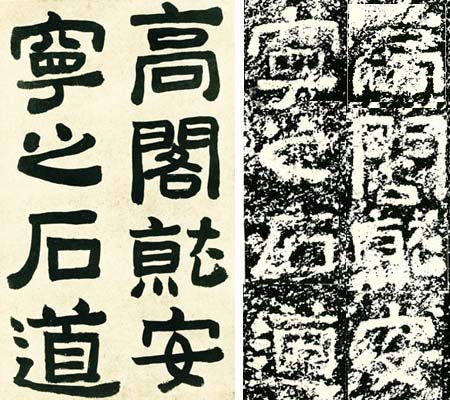
When I was studying in Japan I spent a great deal of time with a brush in hand studying the fine art of shodo 書道 - or way if the brush. Sadly I was largely a solitary practitioner and my practice was informal. I met very few martial artists that also studied calligraphy. At one J.E.T. gathering for English teachers I met one. The conversation quickly got to the point we both had discovered, shodo 書道 and budo 武道 are parallel art forms. They are identical in many of the core educational principles, and every practice session in one form opens up understanding in the other.
When I first started calligraphy I wanted to do cursive and splashy pieces. Similarly in aikido I wanted to do randori. According to the Japanese educational model, in both art forms it becomes vital to build the structure of the art by carefully copying the works of master artists. In budo we call the practice kata 型 in shodo it is rinsho 臨書.
Latley much of my budo practice has been original movement. I teach my cutting edge of artistic understanding. This is useful at times, but lately I have worried about how my student's art will suffer. They need a logical way to wrap their heads around the problems and principles of budo. Thankfully the masters have preserved the art in a puzzle called kata, our brush-less rinsho.
"Rinsho (臨書) means copying masterpieces. The whole idea is not to copy the text exactly as it is, but catch the spirit, rhythm, style and energy of given work. It is the oldest and most proper way of studying calligraphy."
"Copying Chinese manuscripts is base of our study. I begin every day with at least one hour of rinsho. I remember my teacher scolding me for writing sousaku (創作, own composition) too often and neglecting rinsho. It is the only way to understand how powerful writing can be." -Ryuurui
Like Ryuurui comments, you are not copying either the kata or rinsho exactly. You are searching to express it's spirit in your own way. I remember a shodo friend of mine in Japan reading a critical letter from a master to his students. The students had been copying the master too closely and missing a key element of the practice.







So it seems you must show both an understanding of the originator while simultaneously incorporating it into your own spirit, no?
ReplyDeleteWell, I think you must pursue an understanding of the principles, and your spirit will be exposed in the process.
ReplyDeleteOddly, this has become kind of a fad in Japan - many people find it relaxing.
ReplyDelete